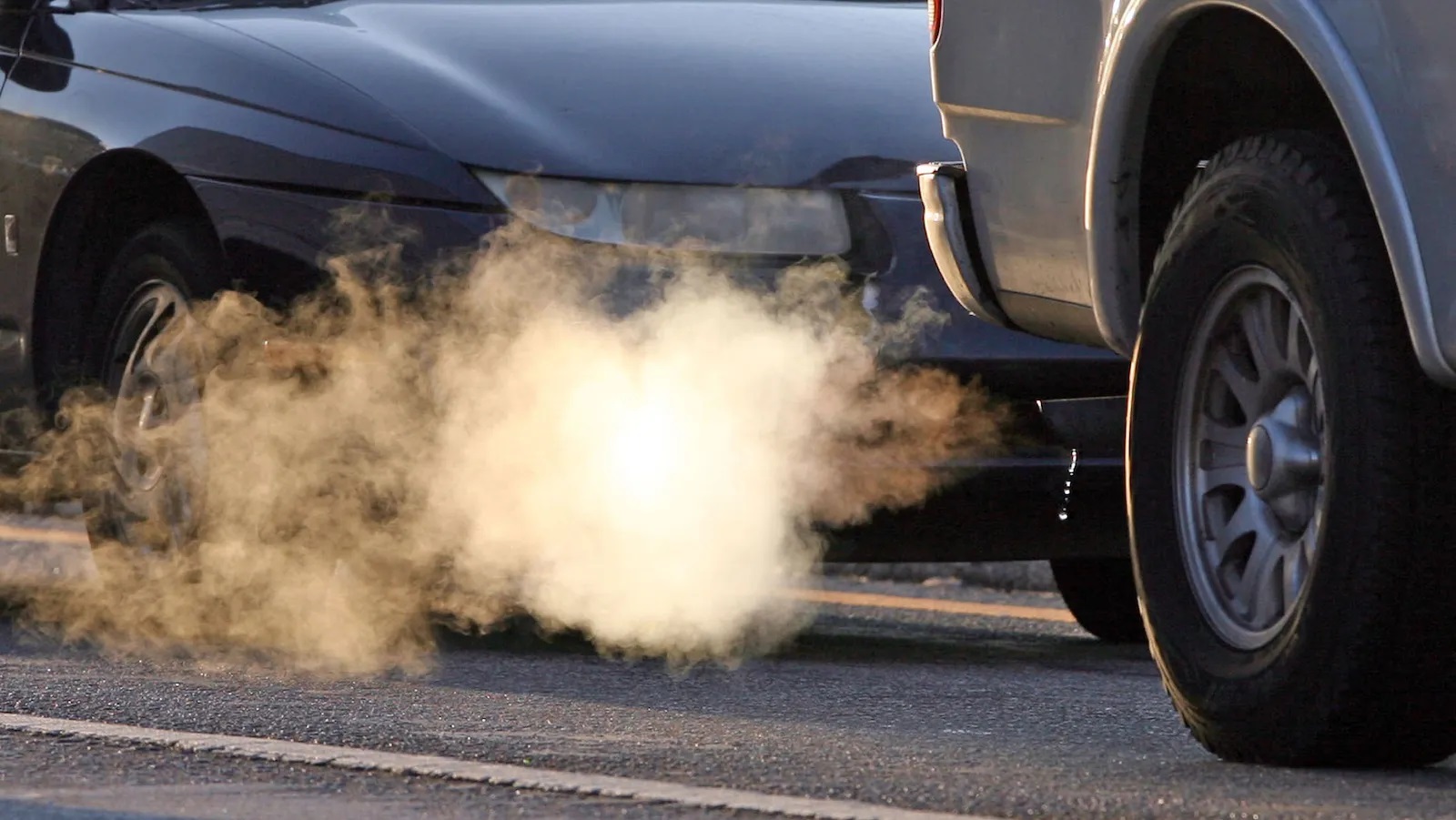When everything is working the way it should, there should be no visible emissions coming from the exhaust pipe of your car. If you see smoke, it’s likely a sign that something in the engine is wrong. But did you know that the color of the smoke can point to the cause of the problem?
Here are the four most common colors of visible tailpipe emissions, as well as a rating of how dangerous they are for your engine.
4. Wispy White “Smoke” When You Start Your Car
Danger Level: None
If you suddenly notice that something looking like white smoke is coming from the tailpipe of your car, you may not need to worry just yet. As long as it’s relatively thin and goes away within a few minutes of starting your vehicle, chances are it’s not smoke at all, but water vapor. When your car sits outside, especially overnight, condensation can build up inside of the exhaust system. Starting your car will warm that condensation, turning it into steam. As the exhaust system warms up, the condensation will disappear, and the white steam along with it.
3. Black Smoke
Danger Level: Medium
If your exhaust pipe is emitting black smoke, it’s likely because the fuel/air mixture is too rich. In order to combust properly, your engine needs a precise mixture of fuel and air. The mixture is “rich” when it has too much fuel or too little air. If this is the case, you’ll probably need to take your Subaru to an authorized service center. There are a number of things that could cause a rich fuel/air ratio, including clogged fuel injectors, a dirty engine air filter, or the fuel-pressure regulator. These problems likely won’t put your engine in immediate danger, but they certainly can take a toll.
2. Blue or Grey Smoke
Danger Level: Elevated
If the smoke from the exhaust pipe is either grey or bluish-tinged, it generally means that your engine is burning oil inside the combustion chamber. Burning oil could be due to a number of causes, from leaky valve seals to bad piston rings. While the cause itself may not put your engine in immediate danger, it could be a sign that the engine itself is nearing the end of its lifespan. What’s more, it also means that your oil levels are most likely being depleted. If the oil isn’t regularly topped off, it could lead to massive engine damage.
1. White Smoke
Danger Level: High
Unlike the white condensation that’s generally totally benign, plumes of white smoke billowing from the tailpipe are a sure sign of trouble. It usually means that coolant is being burned in the engine, which means that something is drastically wrong. The most common cause of this is a blown head gasket, which can quickly lead to an overheating engine. But it could also be due to a cracked cylinder or engine block, making it necessary to replace the engine entirely. If you see this kind of smoke, pull over and turn off the engine as soon as you can, and then call for a tow truck.

